 The Small and the Mighty: Twelve Unsung Americans Who Changed the Course of History, from the Founding to the Civil Rights Movement by Sharon McMahon
The Small and the Mighty: Twelve Unsung Americans Who Changed the Course of History, from the Founding to the Civil Rights Movement by Sharon McMahon Narrator: Sharon mcMahon
Format: audiobook, ebook
Source: purchased from Amazon, purchased from Audible
Formats available: hardcover, ebook, audiobook
Genres: American History, biography, history, politics, U.S. history
Pages: 320
Length: 10 hours and 13 minutes
on September 24, 2024
Purchasing Info: Author's Website, Publisher's Website, Amazon, Barnes & Noble, Kobo, Bookshop.org, Better World Books
Goodreads
From America’s favorite government teacher, a heartfelt, inspiring portrait of twelve ordinary Americans whose courage formed the character of our country.
In The Small and the Mighty, Sharon McMahon proves that the most remarkable Americans are often ordinary people who didn’t make it into the textbooks. Not the presidents, but the telephone operators. Not the aristocrats, but the schoolteachers. Through meticulous research, she discovers history’s unsung characters and brings their rich, riveting stories to light for the first time.
You’ll meet a woman astride a white horse riding down Pennsylvania Ave, a young boy detained at a Japanese incarceration camp, a formerly enslaved woman on a mission to reunite with her daughter, a poet on a train, and a teacher who learns to work with her enemies. More than one thing is bombed, and multiple people surprisingly become rich. Some rich with money, and some wealthy with things that matter more.
This is a book about what really made America–and Americans–great. McMahon’s cast of improbable champions will become familiar friends, lighting the path we journey in our quest to make the world more just, peaceful, good, and free.
My Review:
There are more than twelve. Not just in general, but specifically, in THIS book. Because there are WAY MORE than twelve unsung heroes of American history. And that seems both unfortunate and appropriately fitting at the same time. Because the sweep of history is vast, it’s not possible for every single person who is worthy of being highlighted in history to actually receive that acknowledgement. At the same time, it’s telling that the majority of these unsung heroes are from groups that history, as written by the powers that be, deliberately sweeps to the side because by their deeds and sometimes even their very existence, they challenge the narrative those powers-that-be promote so that they may remain and retain those very powers.
What those unsung heroes were often – but not always – singing their own hearts out FOR, is what makes this book appropriate for this particular week. Because many of the people whose stories are told herein fought for not just the right to vote, as was the case of the female suffragists, but also for the practical ability to exercise that right freely, as many of the teachers and civil rights workers fought.
These are the stories of just a few – not nearly enough – of the ‘hidden figures’ in U.S. history. Each and every one of them, in their own ways, did their very best and occasionally their very damndest – and the newspapers of their time frequently claimed it was the latter and not the former – to figure out and most importantly DO – the next needful thing to make progress.
When a mountain is crested, when a challenge is overcome, when a pinnacle is reached, a few are credited with the accomplishment – no matter how long the journey or how many contributed to achieve the goal. Those are the people whose names finally do end up in the history books.
These are the stories of the unsung heroes, those giants – small but mighty – on whose shoulders those in the history books stood.
Reality Rating A+: I loved this book a whole lot. I was expecting to like it, but I was genuinely surprised by how much I really, truly loved the hell out of it. I was looking for something that had a connection to American history for this week, came across this and thought, “Why not?”
Serendipity for the win because this was marvelous from beginning to end.
This is history, but it’s not history told as a dry recitation of facts. In style, it reminded me a lot of Erik Larson’s style of narrative nonfiction, in that the research is solid but that research is pulled together into an actual STORY that draws the reader into its web.
At the same time, it’s easy to see the book’s antecedents as the author’s podcasts about these and other ‘unsung heroes’ of history, as the book reads as more of a collection of short stories that occasionally intersect rather than a single narrative of history.
The way that the individual stories worked also held shades of Paul Harvey’s radio series, The Rest of the Story, which also told stories of unsung heroes, of people on the sidelines of better known stories, and of quirky bits of history.
While it will drive some readers crazy that the stories don’t link up into a single overarching thing, I found the way that things wove in and out of each other to be a whole lot of fun. Listening to the author read her own work, it felt like she was telling me a story, and that sometimes that story went on tangents to other stories with occasional sidebars into yet another story – with more than a few forays into the author’s opinions and even a few questions about what on Earth some people were either thinking or drinking.
The use of the language of the 21st century to tell this history to a 21st century audience just made it all that much more accessible. Which was marvelous because the stories were already heart tugging, heartbreaking and heart attack inducing by turns, and just filled with crowning moments of both awesome and despair – sometimes at the same time.
Any reader – or listener – looking for true stories of American history that they may not have heard before, or who would like to take a trip down some of the historical roads less well traveled by the history books, will have a grand time with The Small and the Mighty. And may even be inspired to do something a bit ‘mighty’ of their own.
Or even just a small but needful thing. Tomorrow, November 5, 2024, is Election Day in the United States. If you are a U.S. citizen who is eligible to vote, it is your RIGHT to do so. Please exercise that right. A single vote may be a small thing, but it is also a mighty power that many of the unsung heroes in this book fought to their utmost to gain.

 Follow the Stars Home by
Follow the Stars Home by 
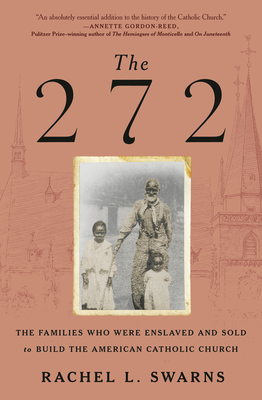 The 272: The Families Who Were Enslaved and Sold to Build the American Catholic Church by
The 272: The Families Who Were Enslaved and Sold to Build the American Catholic Church by 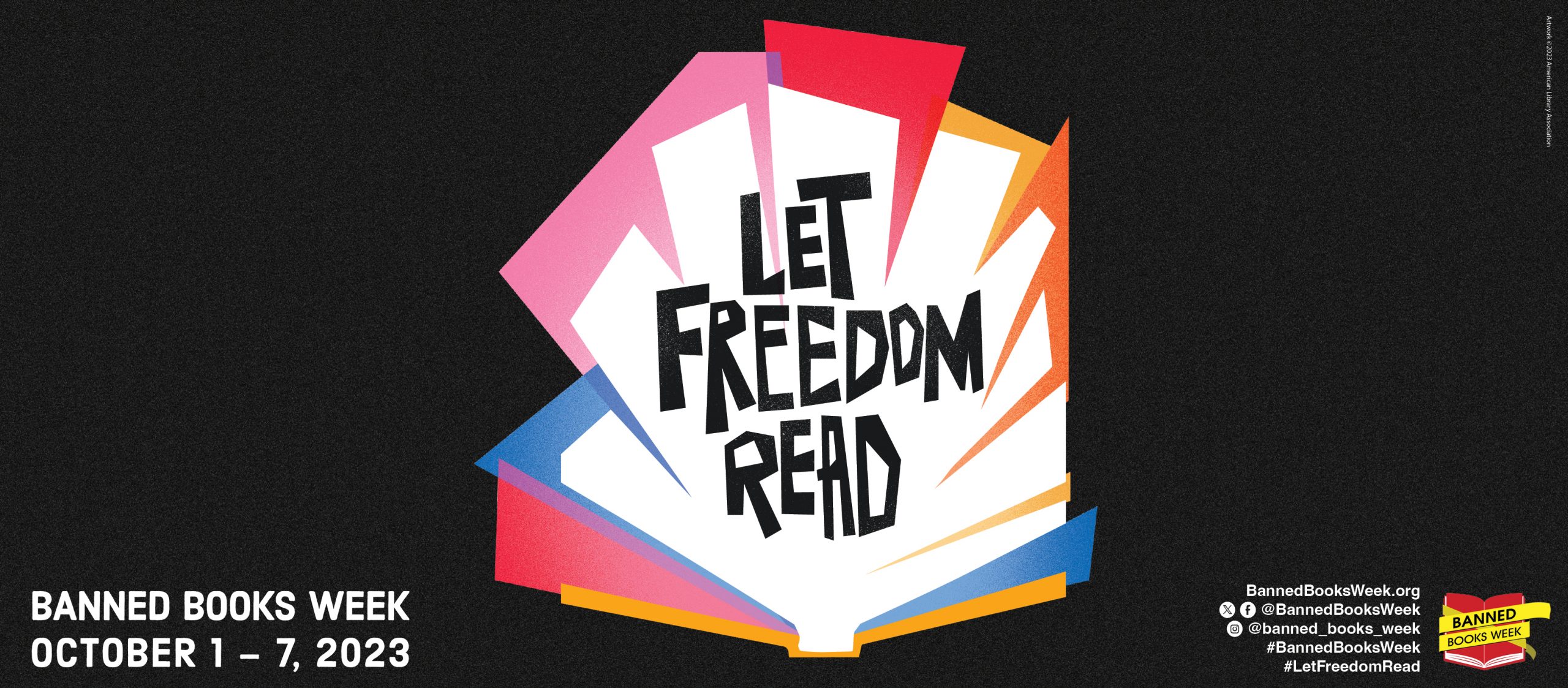
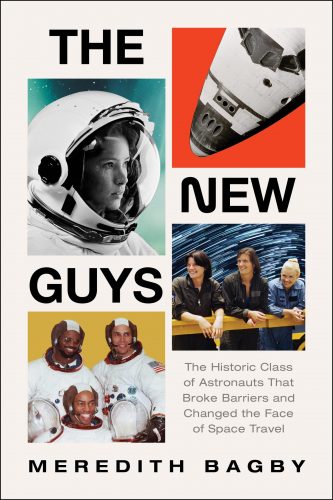 The New Guys: The Historic Class of Astronauts That Broke Barriers and Changed the Face of Space Travel by
The New Guys: The Historic Class of Astronauts That Broke Barriers and Changed the Face of Space Travel by 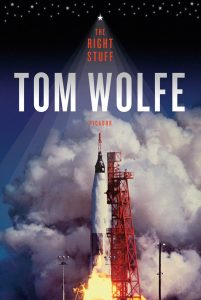 Just as Tom Wolfe’s
Just as Tom Wolfe’s  The story of The New Guys takes the TFNG from their earliest dreams of space to the ends of their careers. But there’s a wider context to the story of the space program as a whole, placing this book in the center between the machismo of Wolfe’s
The story of The New Guys takes the TFNG from their earliest dreams of space to the ends of their careers. But there’s a wider context to the story of the space program as a whole, placing this book in the center between the machismo of Wolfe’s 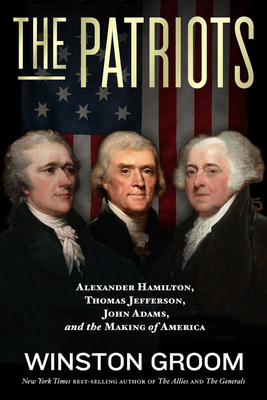 The Patriots: Alexander Hamilton, Thomas Jefferson, John Adams, and the Making of America by
The Patriots: Alexander Hamilton, Thomas Jefferson, John Adams, and the Making of America by 
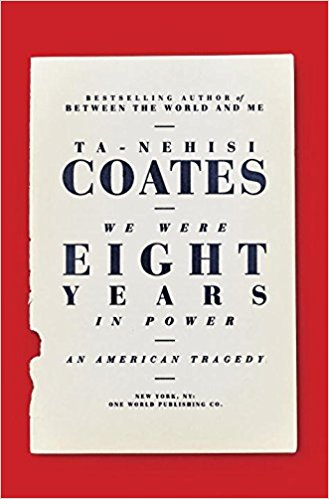 We Were Eight Years in Power: An American Tragedy by
We Were Eight Years in Power: An American Tragedy by 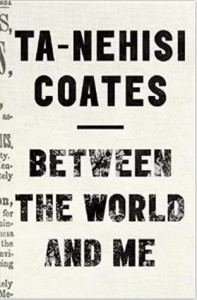 I came to this book via multiple odd routes. I heard the author speak a couple of years ago, because my husband really likes his writing. While it doesn’t resonate with me quite the same way, when it does, it really, really does. Coates’ comment at the beginning of
I came to this book via multiple odd routes. I heard the author speak a couple of years ago, because my husband really likes his writing. While it doesn’t resonate with me quite the same way, when it does, it really, really does. Coates’ comment at the beginning of 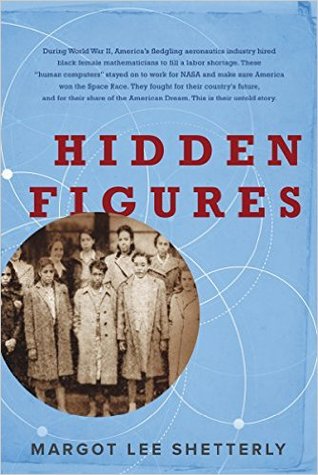 Hidden Figures: The American Dream and the Untold Story of the Black Women Mathematicians Who Helped Win the Space Race by
Hidden Figures: The American Dream and the Untold Story of the Black Women Mathematicians Who Helped Win the Space Race by 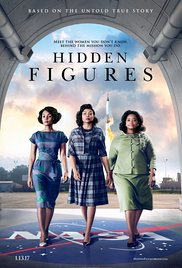 Escape Rating A-: There are two aspects to my comments. On the one hand, there is the story itself, which is absolutely awesome and needs to be distributed to the widest audience possible. (
Escape Rating A-: There are two aspects to my comments. On the one hand, there is the story itself, which is absolutely awesome and needs to be distributed to the widest audience possible. (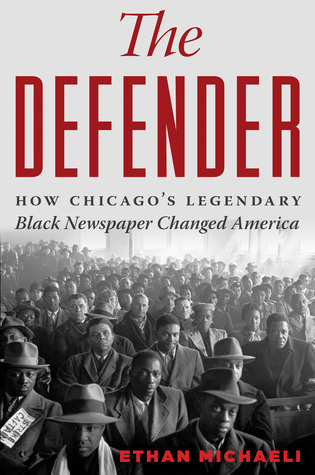 The Defender: How the Legendary Black Newspaper Changed America by
The Defender: How the Legendary Black Newspaper Changed America by 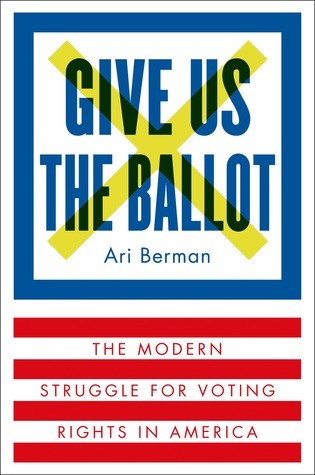 Give Us the Ballot: The Modern Struggle for Voting Rights in America by
Give Us the Ballot: The Modern Struggle for Voting Rights in America by